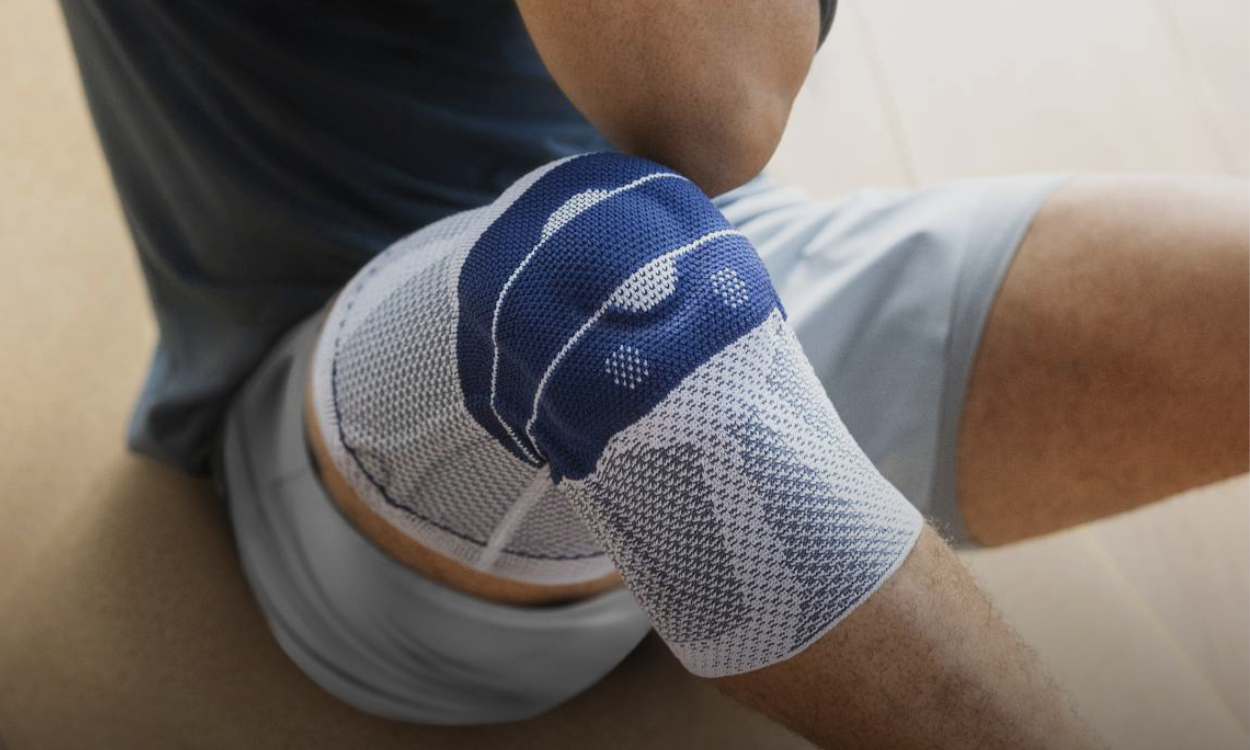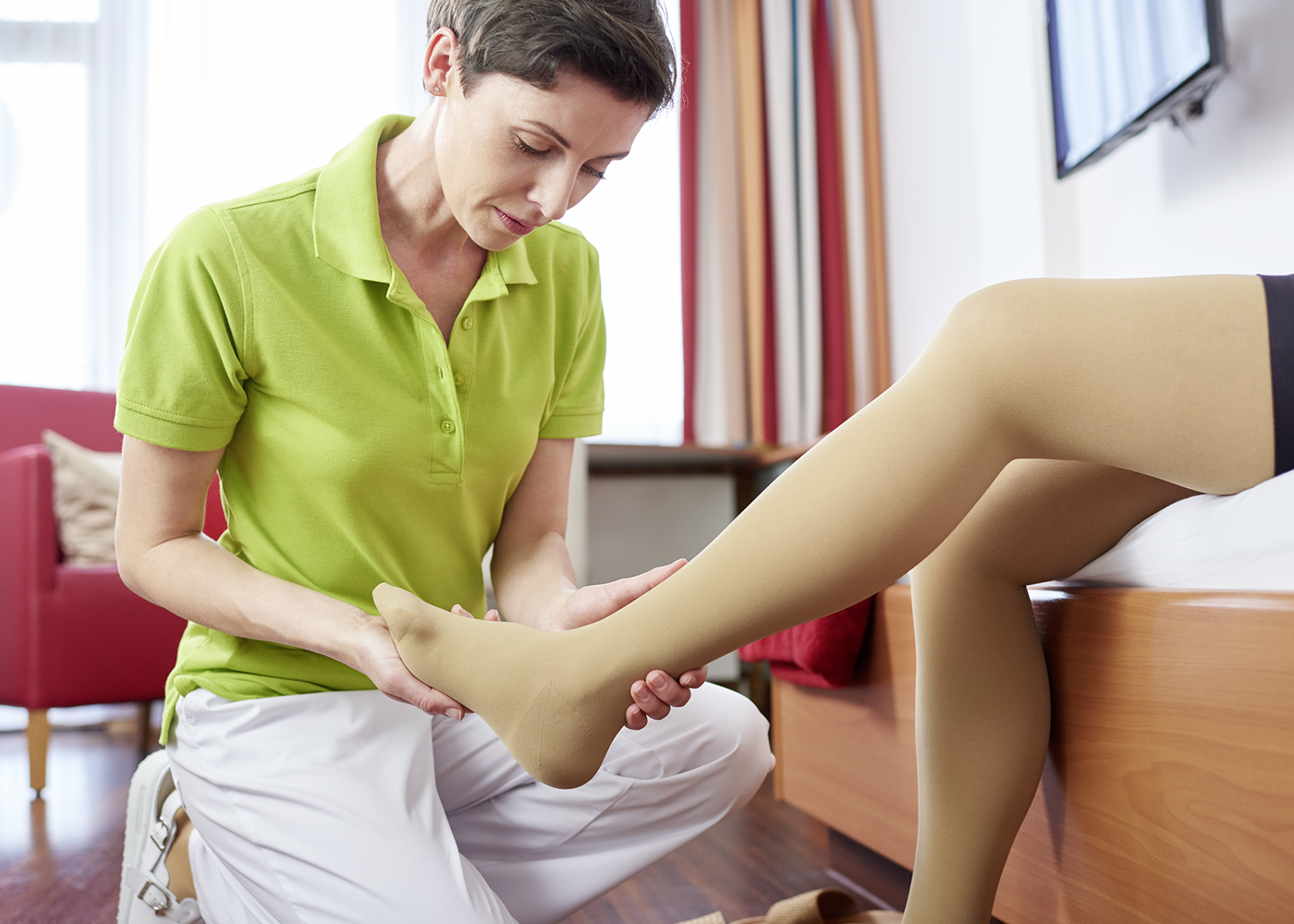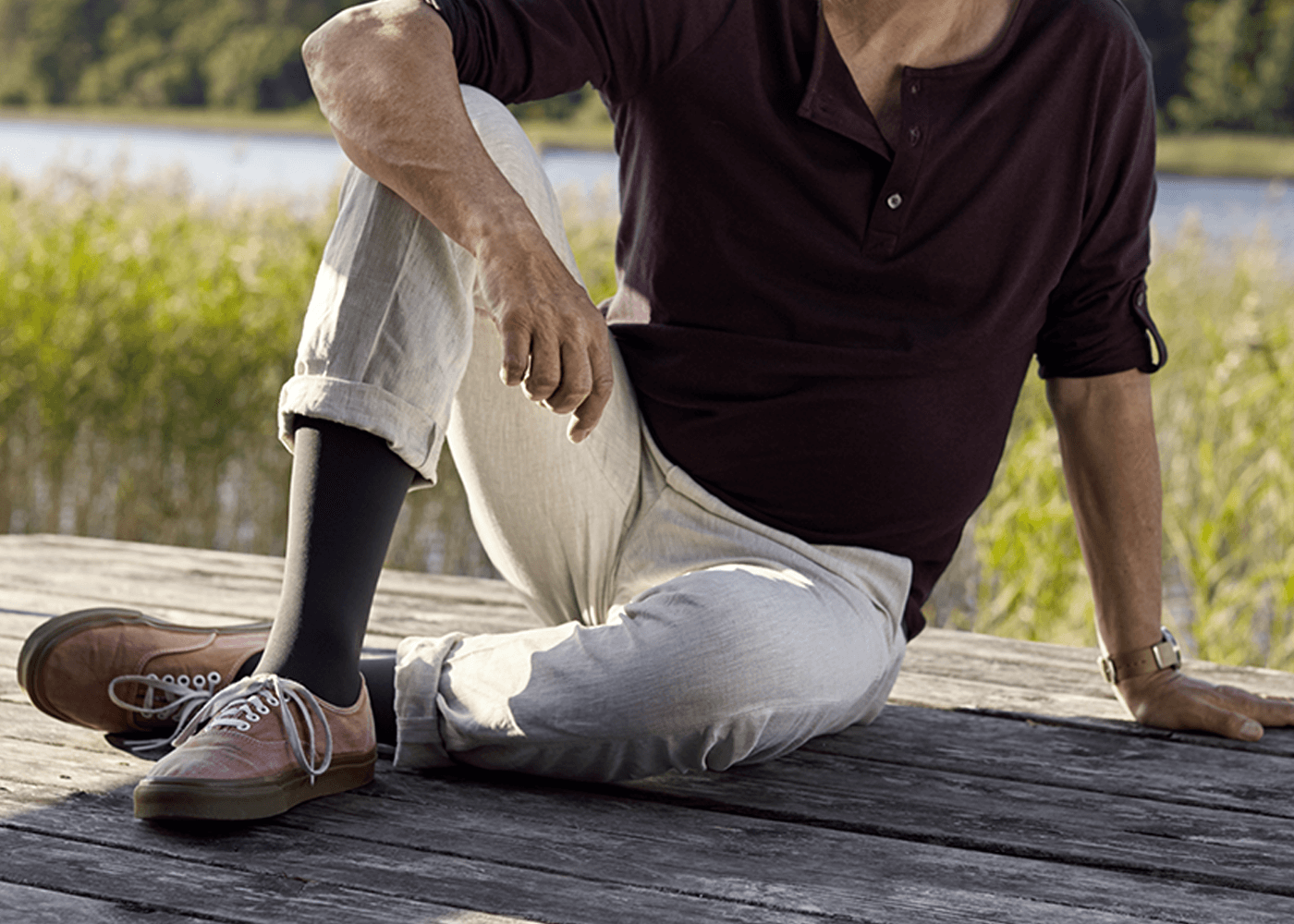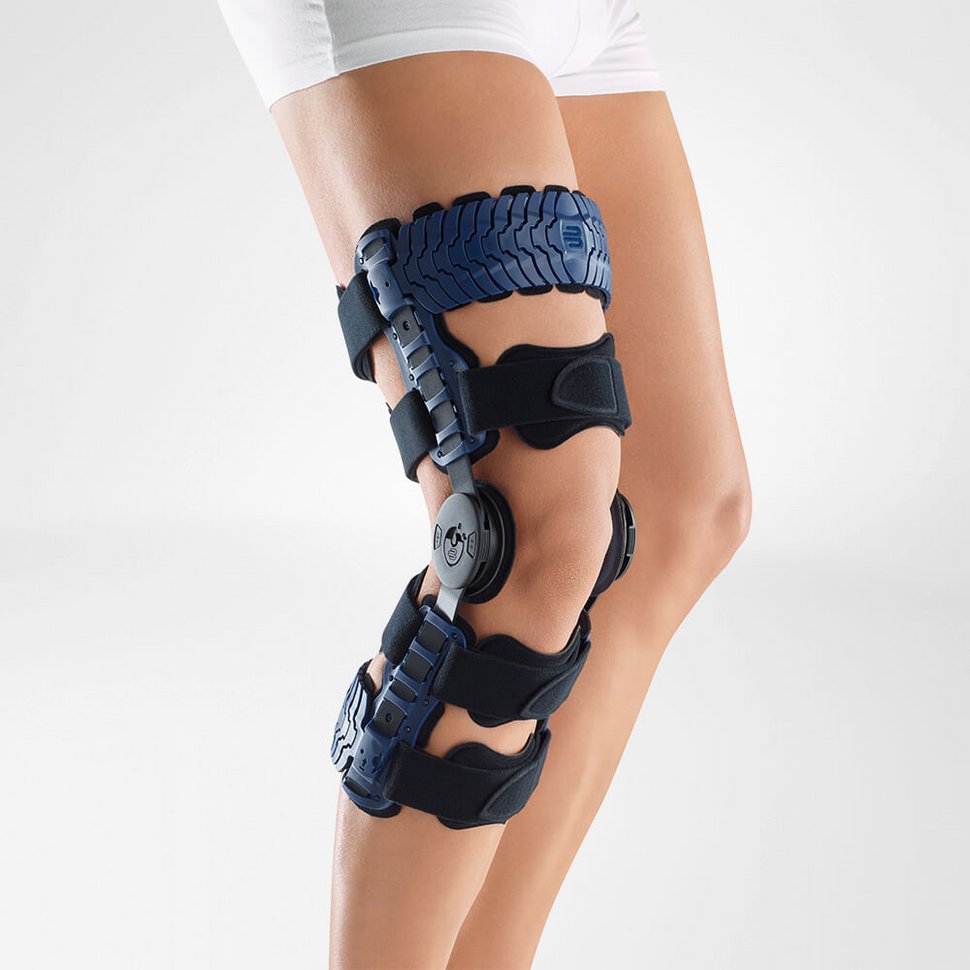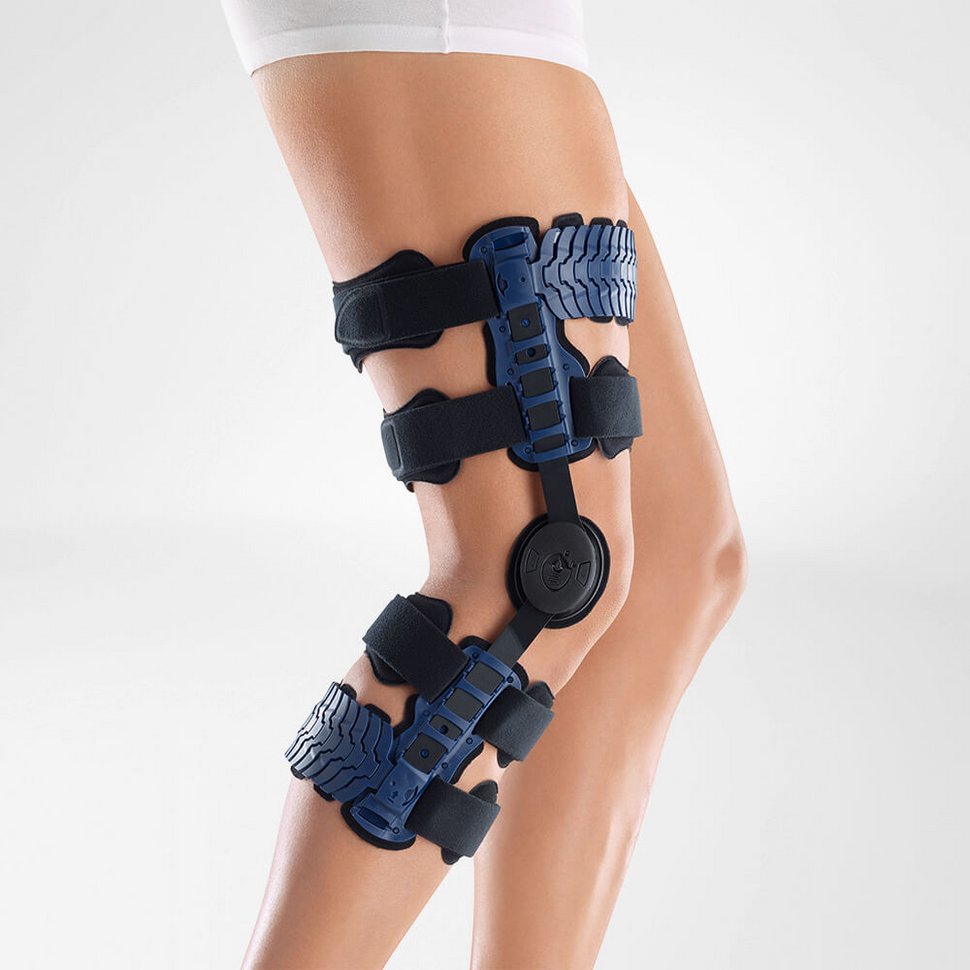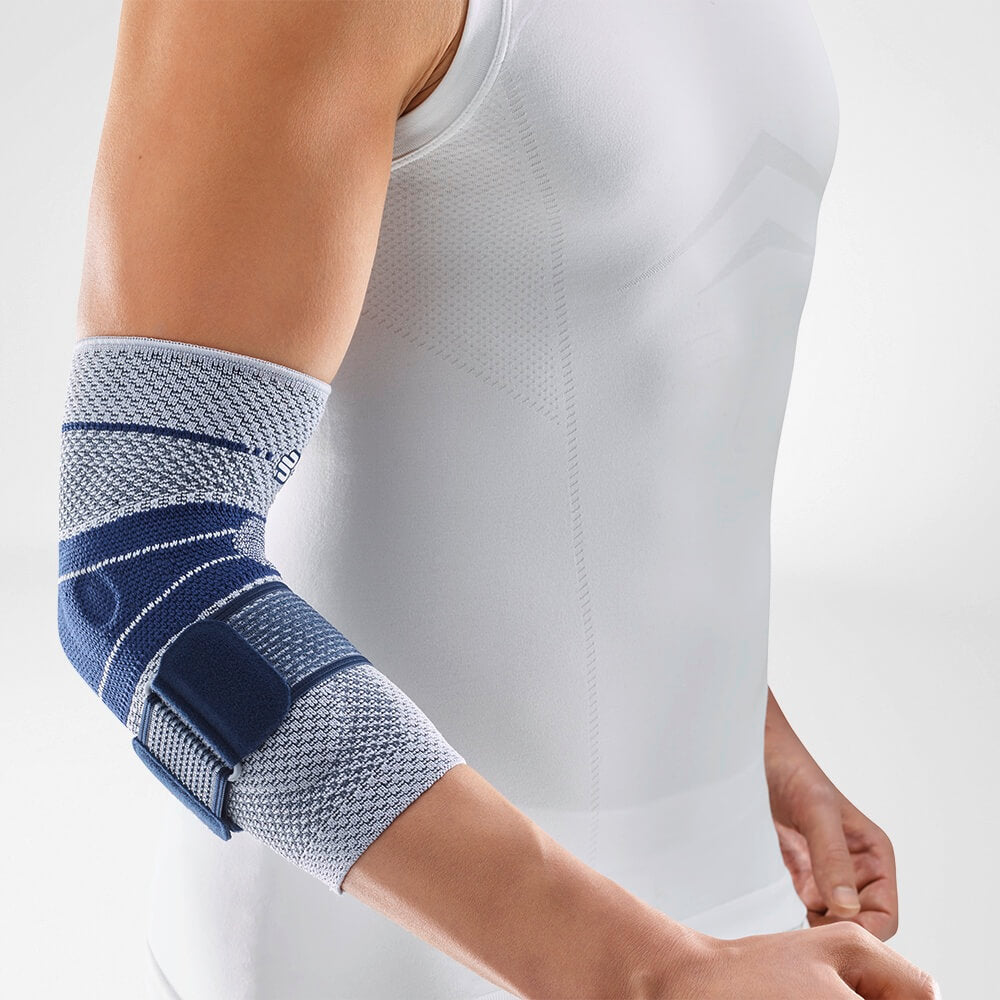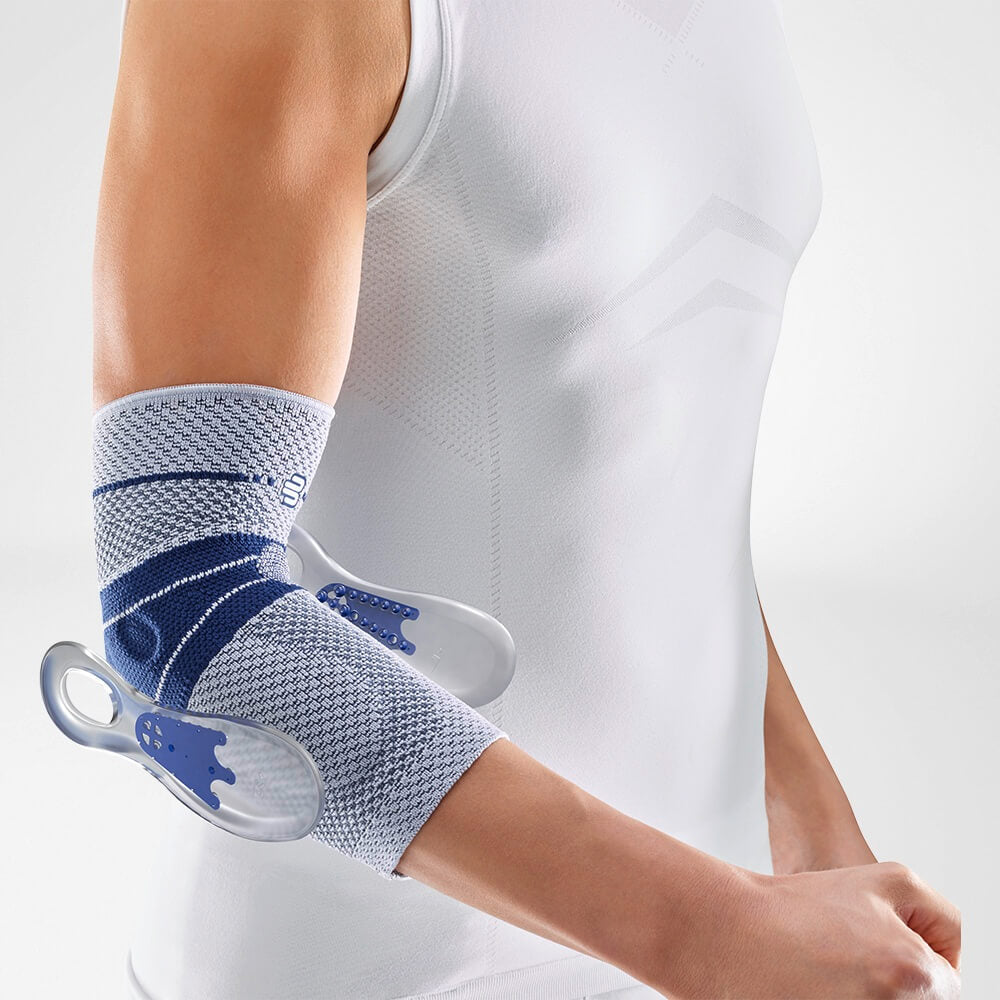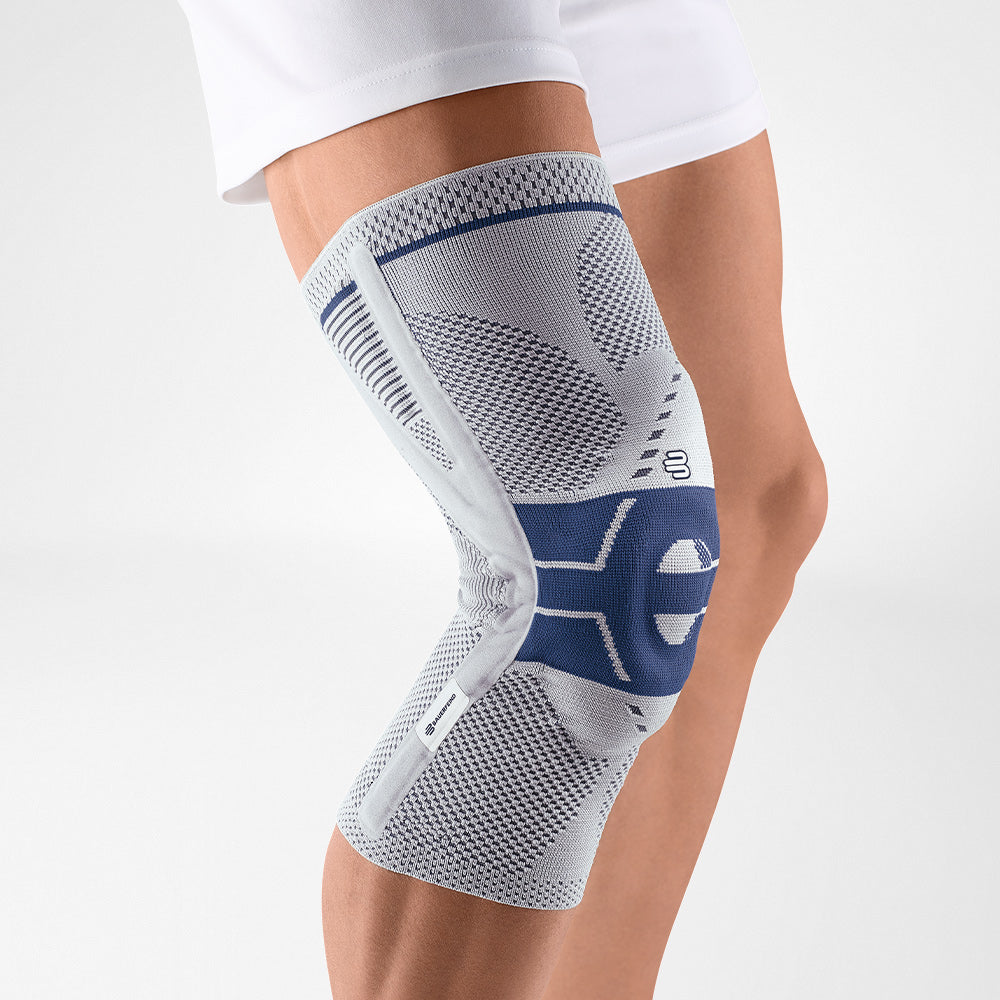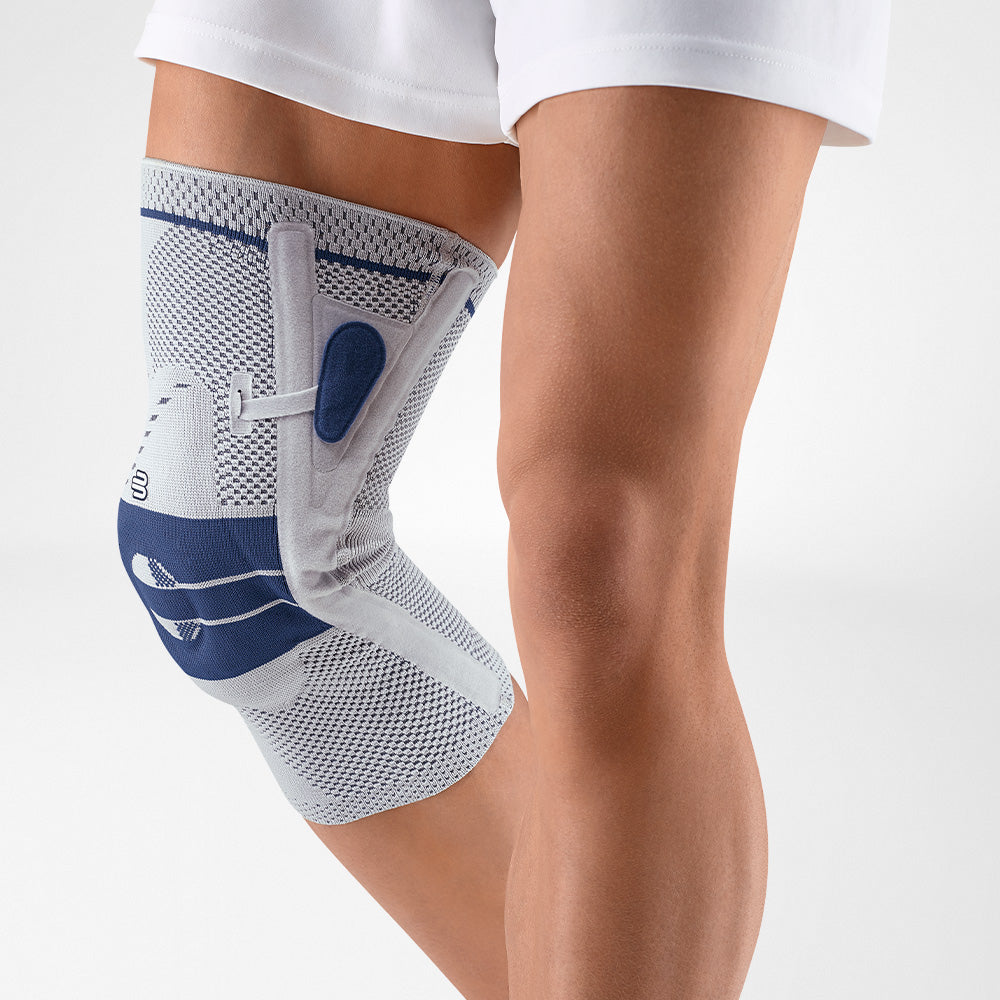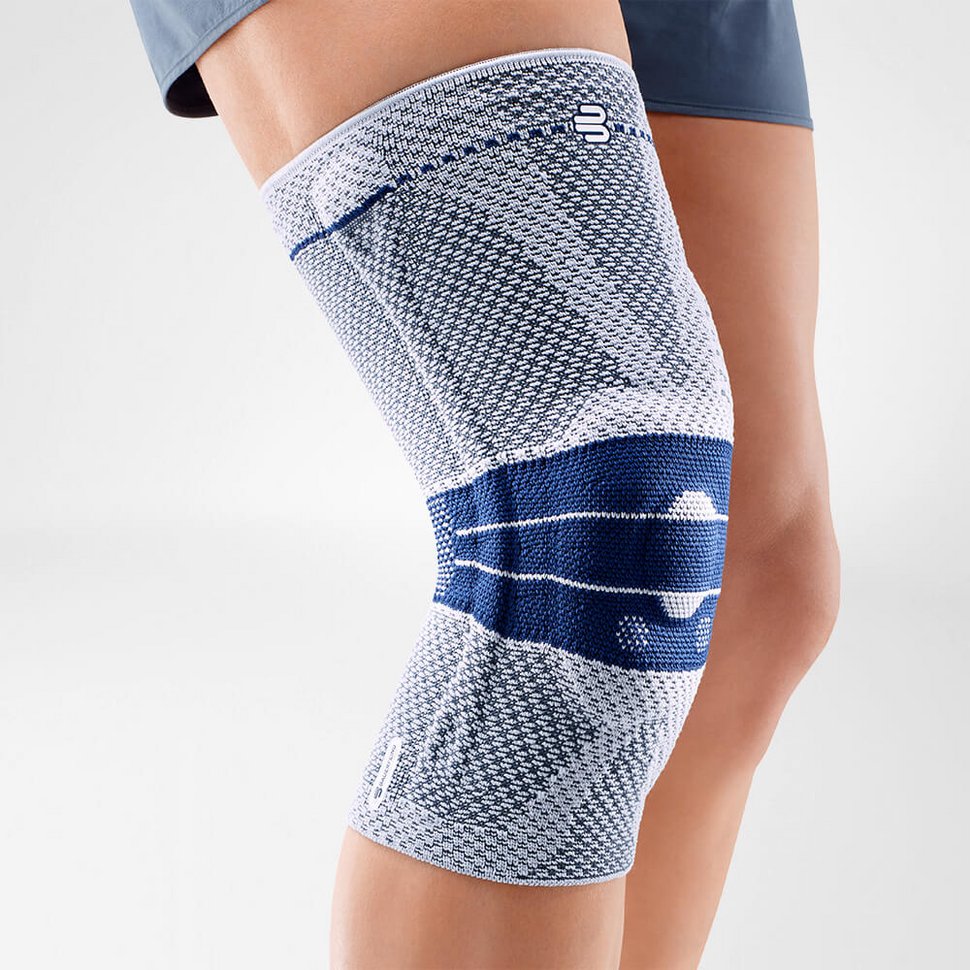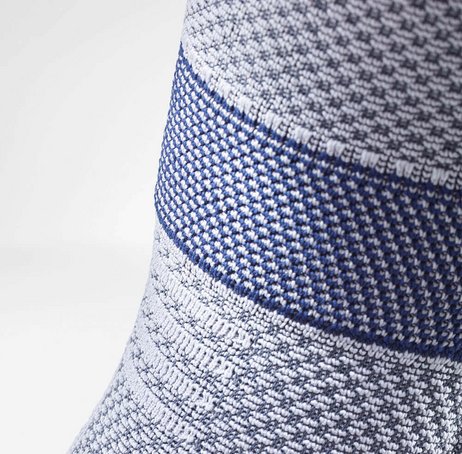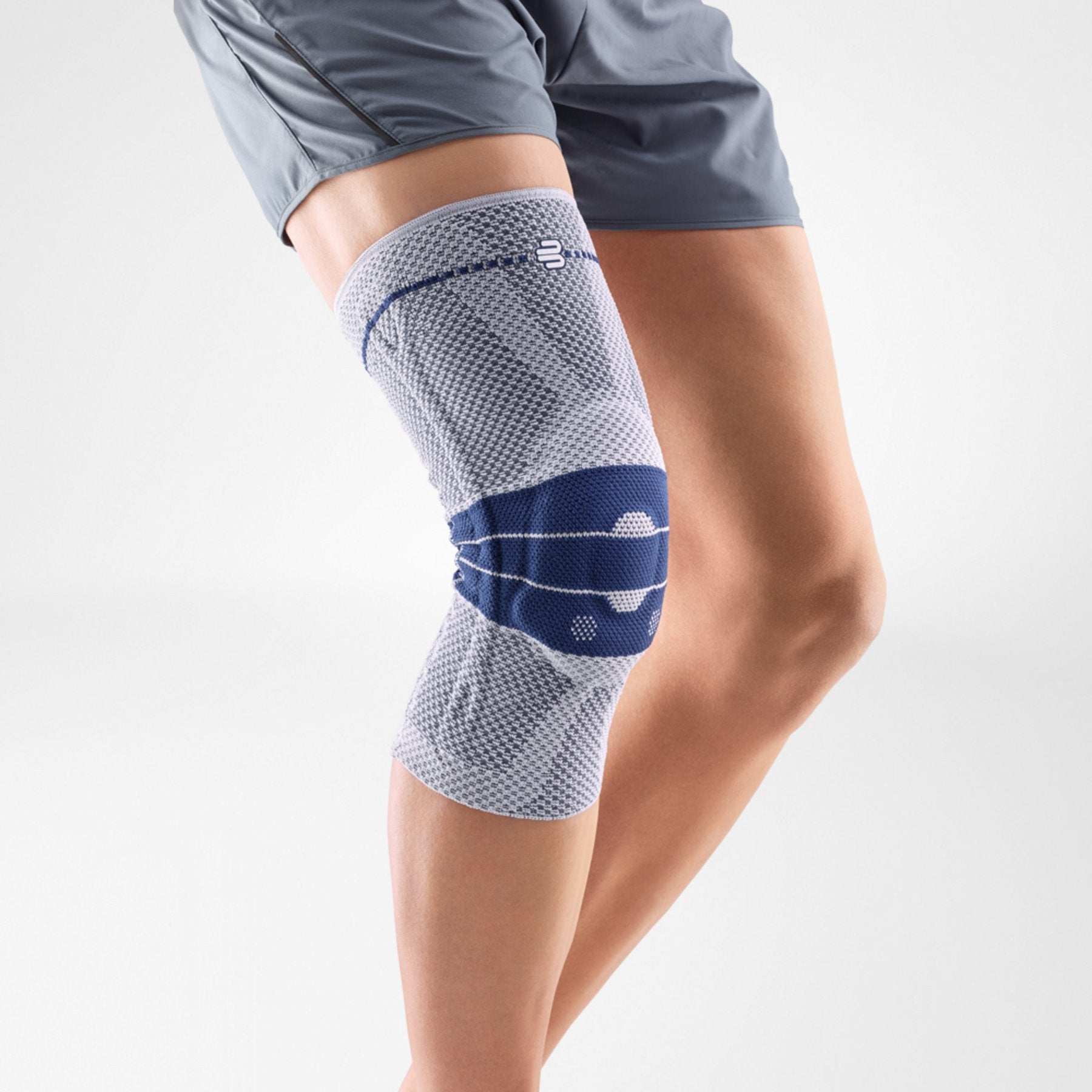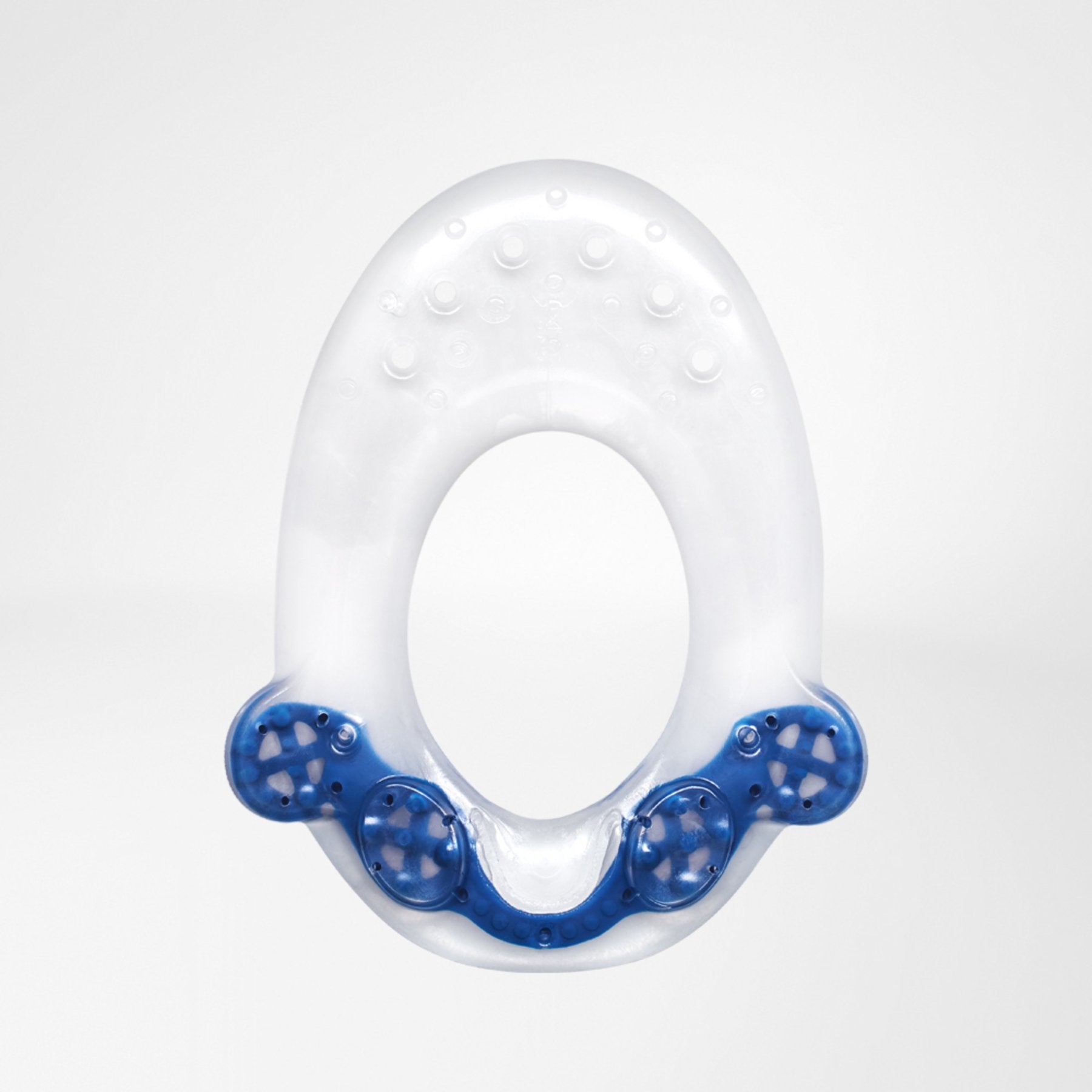DVT - DEEP VEIN THROMBOPHLEBITIS
Blood plays a vital role in transporting oxygen and nutrients to different parts of the body. Some patients can develop a tendency to form clots (thrombosis) in the veins.
Deep Vein Thrombosis (DVT) occurs most commonly in the leg and can constrict or even close the blood vessels completely.
It is a very serious condition which carries a significant life-threatening risk of complications such the possibility of a pulmonary embolism.
Immediate medical attention is highly recommended to prevent the long term risks of the condition.

CAUSES OF DEEP VEIN THROMBOSIS
There are several factors that can lead to restricted blood flow and cause venous thrombosis. Some of the most commonly known causes include:
- Blood clots in the blood vessels. It is more common for blood clots to appear in the veins but there is the small possibility of clotting in arteries.
- Sitting or standing for long periods of the day. People with long hours at a desk job or who are constantly on their feet are more vulnerable.
- Long periods of immobilization and confinement to the bed, for example after a surgery, can lead to congestion in the leg veins.
- Inflammation in the legs
- Injury or trauma to the legs
- Changes in the bloodstream causing an increased platelet count. With time these platelets become attached to the inner walls of the vein and tend to clump together creating blockages.
RISK FACTORS OF DVT
- Associated blood clotting disorders
- Presence of Varicose Veins
- Being overweight or obese and a general lack of exercise or physical activity.
- Pregnancy in women
- Alcohol and Nicotine consumption
- Certain types of cancers
- Hormonal Contraceptives i.e. “the pill”.
Typically, a combination of the above factors lead to venous thrombosis and can have a debilitating impact on the patient’s quality of life.
DEEP VEIN THROMBOSIS SYMPTOMS
One of the most difficult aspects of deep vein thrombosis is the lack of symptoms in the initial stages of the condition.
Often, referred to as a silent killer, a diagnosis can typically be delayed. With time as the disease progresses there are several symptoms that appear including:
- A “pull” feeling and a cramp-like pain is fairly common.
- Feeling of heaviness and tension in the affected leg.
- Sensation of radiating heat around the ankle and lower leg.
- Bluish-red coloration on the skin.
- Associated clotting in the shin as chronic thrombosis kicks in.
It is difficult to diagnose deep vein thrombosis and often results in delayed treatment. Immediate medical attention is highly recommended when the first symptoms of pain and discomfort first appear.
In some cases, the thrombus (clot) detaches from the vein wall and can be carried through the body within the bloodstream. There are real risks of the clot reaching the lungs or the heart and blocking critical life-sustaining functions of these organs.
For example, a pulmonary embolism can lead to overload of the heart and eventually a cardiac arrest. Pulmonary embolism occurs in about 10-30% of all cases of deep vein thrombosis.
DIAGNOSIS OF DEEP VEIN THROMBOSIS
A complete medical history and physical examination allows doctors to understand the risk factors involved. Physicians rely on sophisticated imaging technology like Ultrasound and CT scans to locate and get a clear picture of the progression of the condition. A timely diagnosis can be instrumental in a swift and effective prognosis and is highly recommended.
DEEP VEIN THROMBOSIS PREVENTION
-
LIFESTYLE CHANGES
- Regular exercise like jogging or walking helps keep the veins in motion and ensures optimal blood circulation.
- Regular breaks during long hours of work to stretch can help boost blood circulation and prevent the chances of developing a clot.
- Drinking enough water and a well-balanced diet can both help regulate blood circulation as well as help with weight loss.
- Changes in lifestyle habits like drinking or smoking can help tremendously as a preventative measure.

-
MEDICAL COMPRESSION STOCKINGS
Compression stockings can be helpful in preventing deep vein thrombosis. The medical-grade compression from the stockings helps in boosting blood circulation by applying external pressure. The compression helps in supporting the veins in the legs and can help prevent the formation of clots.

TREATMENT FOR DEEP VEIN THROMBOSIS
Treatment for deep vein thrombosis helps in alleviating the symptoms by breaking down existing blood clots.
-
PRESCRIBED DRUG THERAPY
- If the diagnosis is confirmed, the doctor will administer a drug that dissolves the blood clot (thrombolytic agent). This treatment lasts from several days to a week and in many cases can also be done on an outpatient basis without hospitalization.
- Anticoagulant drugs are then given to prevent another blood clot.
- Patients experiencing pain and inflammation in the legs are also advised to seek prescribed anti-inflammatory and pain medication like Ibuprofen or Panadol. However, long-term use of painkillers can have an impact on the health and quality of life of the patient.
-
COMPRESSION STOCKINGS

